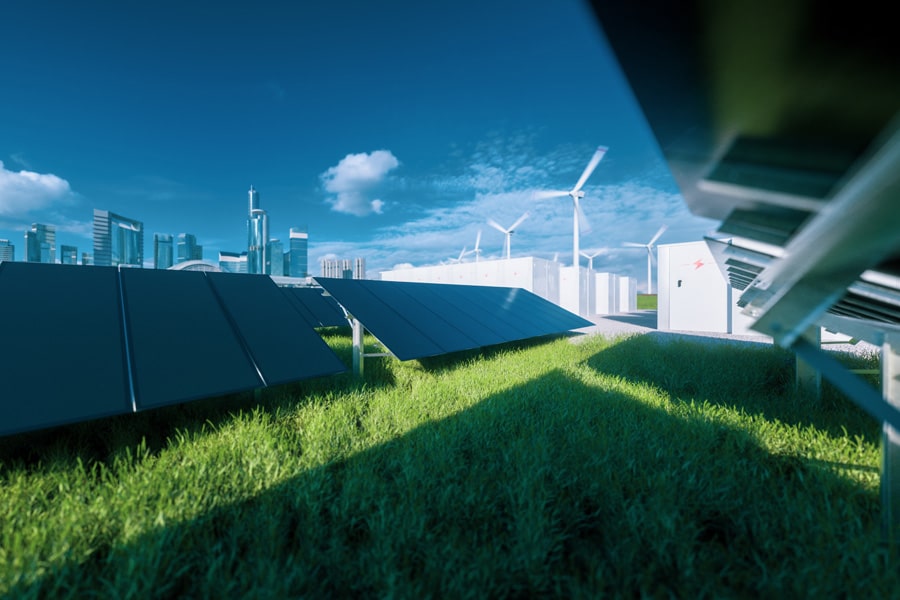Climate change is worsening. Scientists expect global temperatures to continue to rise because of manmade greenhouse gases, according to NASA’s Vital Signs of the Planet, and more extreme and dangerous weather events will be a result.
Still, the construction industry, which according to WorldGBC contributes a whopping 37% to the world’s energy-related emissions, can make a substantial impact in efforts to minimize greenhouse gas emissions.
EllisDon has committed to reduce absolute Scope 1, 2 and 3 greenhouse gas emissions by 42% by 2030, and to be net zero by 2050. The Climate and Sustainability team at the London, Ontario-based construction services company manages its corporate sustainability commitments, with the goal of driving to zero emissions in the built environment, materials used, operations and the industry.
“Knowledge, awareness and education are a big part of the whole exercise here,” said Navisa Jain, senior project manager of EllisDon’s Climate and Sustainability team.
To build that library of information about opportunities and ways to reach net zero, the team is focused on the following key areas:
Business Operations
Its business and construction operations account for a large part of EllisDon’s carbon footprint, and Jain’s team is focused on developing targets and roadmaps to reduce emissions, including optimizing heat and power, increasing renewable energy use, trialing alternative fuels, collaborating with stakeholders to measure and reduce emissions, and delivering low-carbon projects.


Bluebeam Resource Hub
Browse case studies, watch webinars, and see what’s new with Bluebeam.“Our current focus is on piloting representative projects across different locations in the country to quantify our emissions and identify opportunities for emission reductions. We hope to scale up these efforts to all of our projects within the next couple of years,” Jain said. “We are currently in the understanding phase, and our goal is to reduce emissions based on our findings.”
Material Procurement
EllisDon is reducing carbon emissions in the building materials used by working with suppliers to increase transparency and innovation toward low-carbon materials and products. It is investing in building knowledge and capacity to drive low embodied carbon practices, using in-house expertise to identify opportunities to reduce carbon in structural materials.
The company is also working collaboratively with owners and consultants to determine effective structural and envelope solutions for their projects, and it is leading the use of low-carbon concrete in high-rise construction.
Built Environment
Lastly, with new construction, EllisDon is committed to building low-carbon buildings and infrastructure and using technology to measure and manage its carbon footprint and increase energy efficiency with its full building lifecycle expertise.
The company also manages and operates more than 12 million square feet of real estate through its Facilities Services department, guaranteeing energy and carbon performance on a subset of its portfolio.
The Future of Green Construction
Much of the work to build a more sustainable built environment is in the early days. AI and technology tools are emerging to better track the impact and outcomes of sustainable building practices, including the cost savings they enable.
Materials scientists are working to develop greener building materials. And awareness and interest are growing among construction companies like EllisDon, just as new sustainable building funding and regulations emerge.











